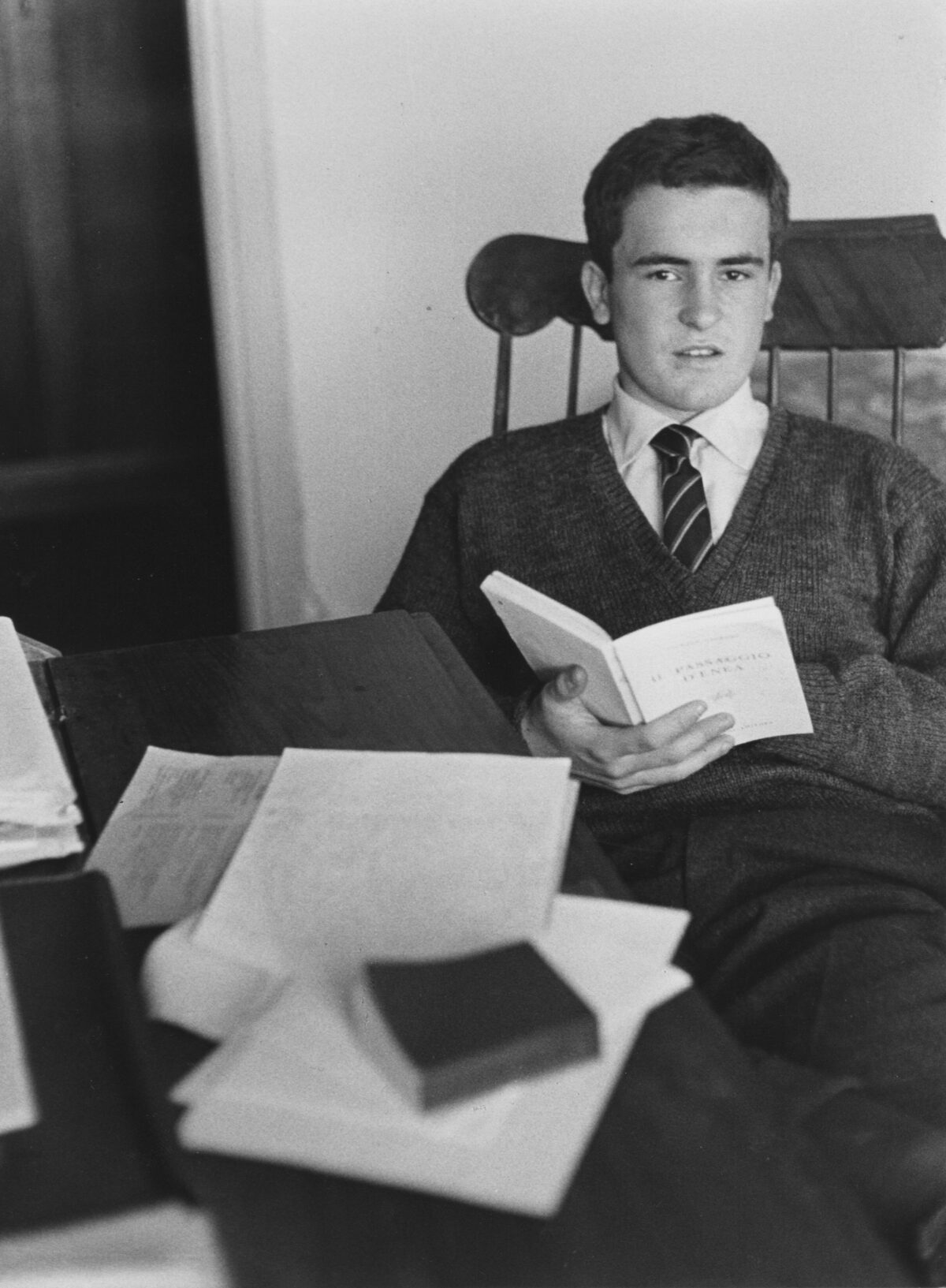Three children take advantage of the siesta time to wander alone in the woods beyond the stream and the cemetery, in search of the remains of a disused cableway to be transformed into a swing. In vain they scan the highest branches, hoping to see some rusty wire. As the afternoon progresses, the three get lost in the labyrinth of chestnut trees, without realizing that a certain number of poles, and above all the cable, which have fallen for some time, are now hiding under their footsteps, in the midst of ferns and nettles.
But let’s leave the floor to fifteen-year-old Bernardo, who concludes the “subject” he typed just before shooting in these terms: “Finally, tired, they think of going home through the woods. They are sad for the failed enterprise and without realizing it they cross the stream and go up again through the woods in the late afternoon. Suddenly they are on the road under construction. The sun is going down. The children are already in the shadows.
From where they are they have the whole valley in front of them. The lens will frame it from the beginning, towards the mountains, then the pastures, the village among the chestnut trees, the gully, the woods, the distant cableway. Suddenly G. turns along the road. This is long and white, with mountains in the background. Slower the N. turns to the opposite side. The cableway, the woods, the Caio, the great valley towards the still illuminated plain”.
[Fabien S. Gerard, I giorni della “Teleferica”. Bertolucci padre e figli, tra poesia e cinema, in Officina parmigiana. La cultura letteraria a Parma nel ’900, edited by Paolo Lagazzi, Guanda 1994]

